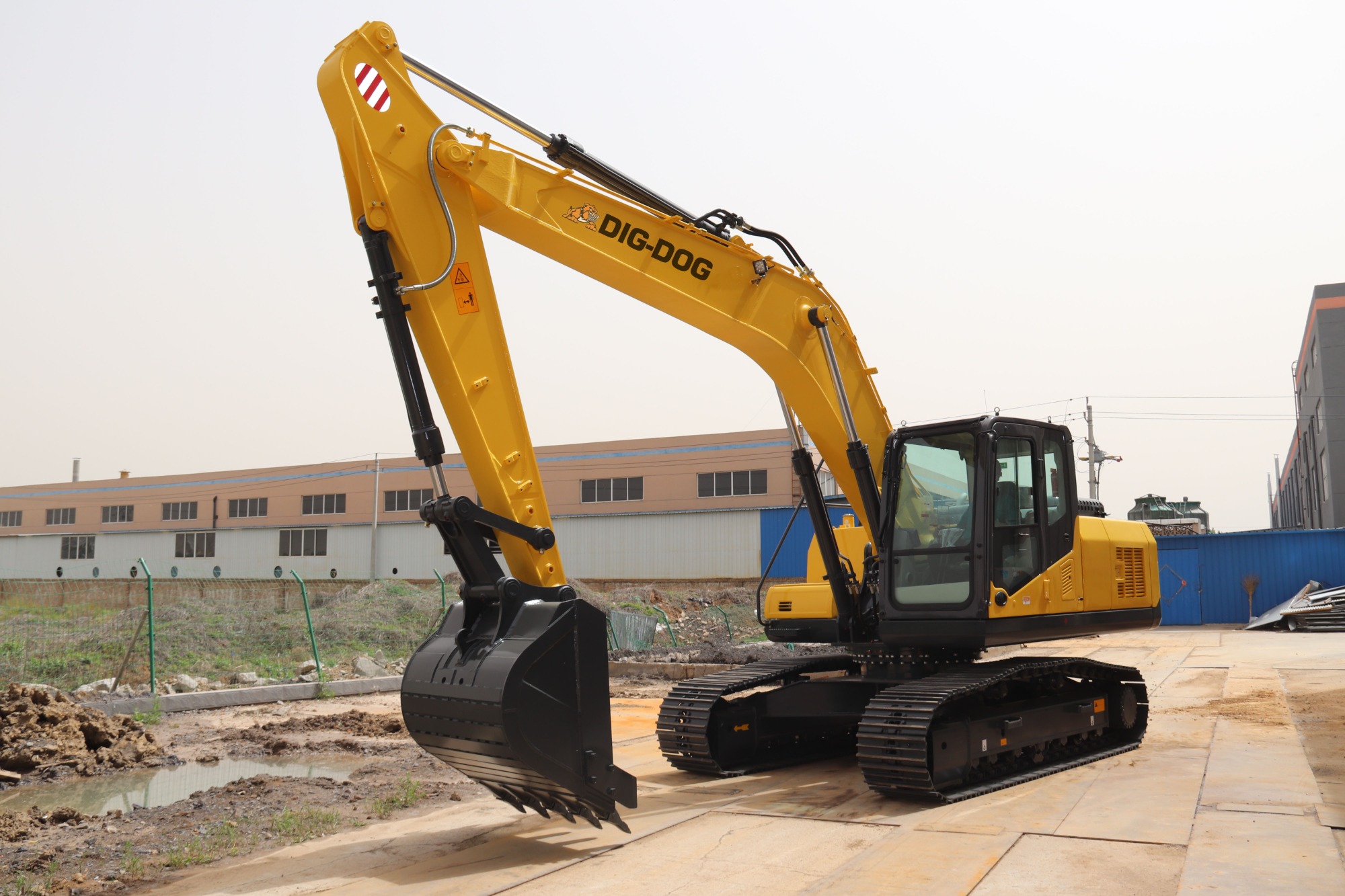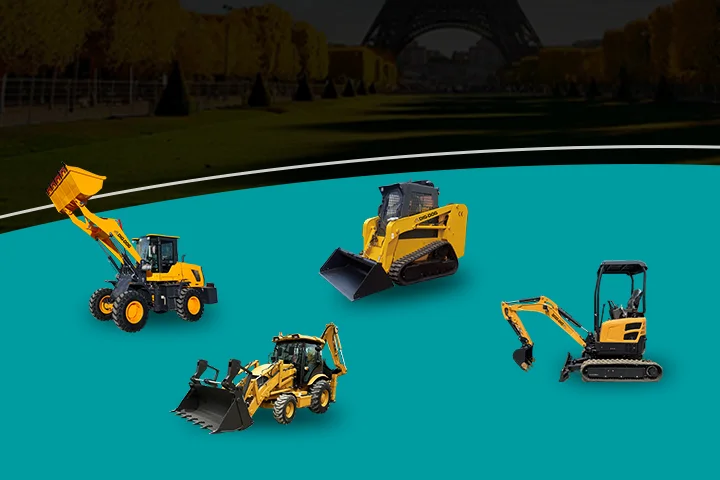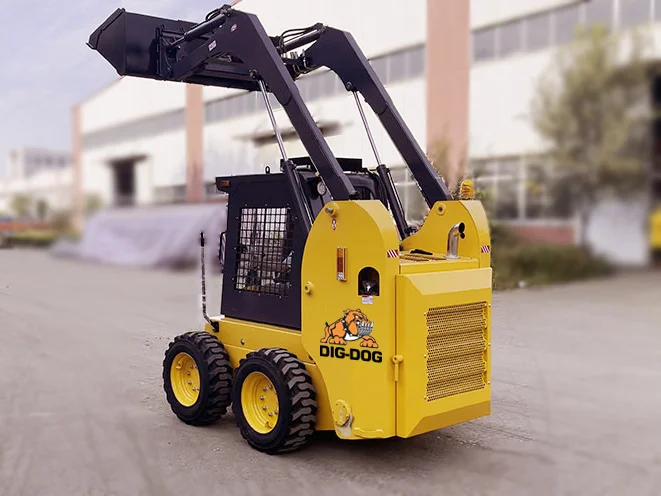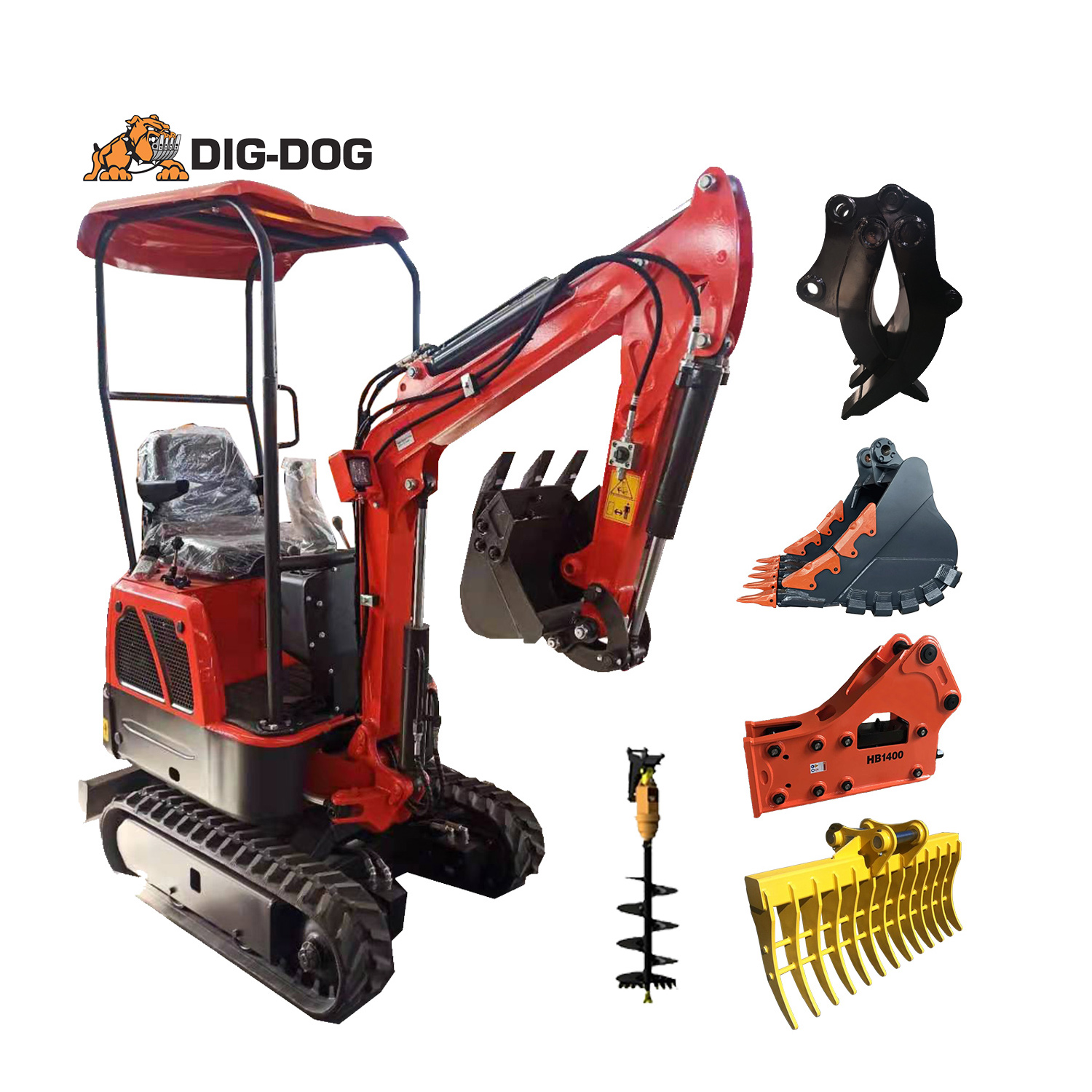
Making the decision as to which excavator to buy or rent can be somewhat complicated. Especially when companies are trying to persuade the customer to purchase “their” excavator vs a competitor’s product that might be better suited for your needs. Although there can be a number of factors as to why to purchase or rent a specific excavator, the key point on which types and size to choose should be based on what, where, and how the excavator will be used. Subjects such as cost, are certainly important, but the excavator must be well suited for the job and intended task to be performed. The following information provides a general understanding of the primary considerations that can be used when deciding what excavator is best for your needs. These considerations are only suggestions, and where multiple types of excavators can be used for the same task, other factors not listed in this article can be beneficial.
The task that you need to accomplish is one of the most important considerations. If an excavator is purchased or rented that does not meet the needs of the job you require, time and money are wasted and the job is not adequately accomplished or is not conducted at all. Delays in schedule resulting from having the wrong equipment can cause issues with completing the entire project when required, whether it be new building construction, harvesting crops on time, or dredging a harbor to allow for the safe and efficient passage of cargo ships.
List of Major Functions of an Excavator:
l Grading: Is one of the most challenging tasks that require the greatest accuracy.
l Digging: Is the most popular task, one of the most wide-ranging, and buckets are the most popular attachment used.
l Trenching: Is required for installing the pipeline, building footings and can be as deep as 15-feet or more.
l Dredging: Is used for removing sediment from rivers, lakes, ponds, and harbors to allow passage for boats and ships. This job is accomplished with a dredge pump attachment and an amphibious excavator.
l Material Handling: Involves transferring or moving any materials from one location to another that can be moved with an excavator.
l Demolition: Is very dangerous and is used for dismantling, or destroying any building or structure.
l Hammering: Is used for breaking up roadways and cement, ice, and any other demolition at ground surface level.
l Pile Driving: Refers to installing vertical sheets of steel, or wood or metal posts into the ground.
l Drilling: Is used for making holes to install fence posts, building supports, and drilling into rock and cement.
l Shearing: Is common in the demolition of buildings and cutting metal girders.
l Ripping: Is used for breaking up frozen ground or demolishing structures and roadways.
l Removing Vegetation: This is a task that can be performed for many reasons; a popular method is using an amphibious excavator with a rake attachment to scrape vegetation from the surface of a waterway.
An essential factor regarding the maximum power that can be exerted at the attachment of an excavator is breakout force. The greater the breakout force means more digging and lifting power. Most manufacturers publish the breakout force associated with their excavators. Attachments that extend the boom/stick assembly have the potential to reduce the breakout force of the excavator.
Lifting capacity is a combination of hydraulic lifting force and the machine’s stability or tipping load. Some common factors for determining lifting capacity also include boom length, stick length, counterweight, bucket size, and circuit pressures (both working and holding). A common practice is to not exceed 87 percent of the hydraulic lifting force, and 75 percent of the tipping load tested. Lifting capacity is a very important aspect of using an excavator, and surpassing the hydraulic lifting force and tipping load can cause injury or death.
NOTE: This information is to be used as a general reference only, and the percentages for hydraulic lifting force and tipping force could change depending on your specific situation and machine.
 Unveiling the Top 10 Must-Have Construction Vehicles for Your Business
Unveiling the Top 10 Must-Have Construction Vehicles for Your Business
 How High Lift Skid Steers Save You Time and Money
How High Lift Skid Steers Save You Time and Money
 Attachments Turn Mini-excavators Into Multipurpose Machines
Attachments Turn Mini-excavators Into Multipurpose Machines
 BONOVO Group at INTERMAT 2024 Paris Exhibiton
BONOVO Group at INTERMAT 2024 Paris Exhibiton